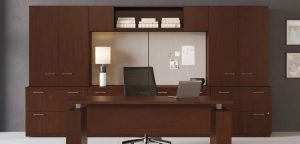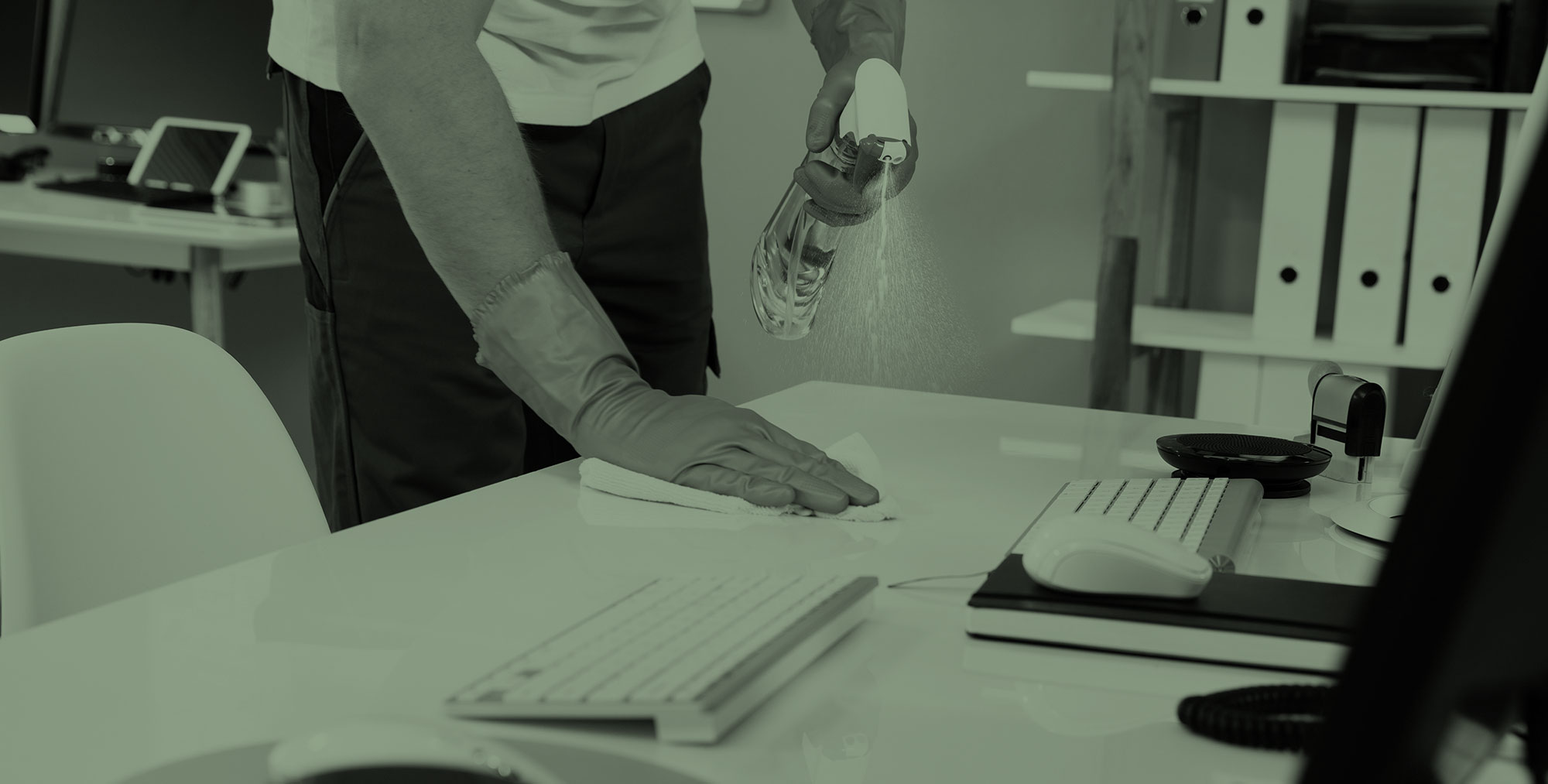
As we enter the season of sneezes, we need to ensure safety for all who walk through our doors. In general, there are four main ways of classifying surfaces in your workplace:
- High Touch
- Medium Touch
- Low Touch
- No Touch
Each one has different implications for the products you use to clean them and the way you go about cleaning them yourself, but all these surfaces need to be cleaned regularly if they’re going to be both hygienic and maintain their aesthetic appeal. Read on to find out how to clean, sanitize, disinfect and sanitize various high touch surfaces around your workplace or home office, and learn which products can help you achieve these goals effectively.
What Are High Touch Surfaces?
High touch surfaces are objects that several people come in contact with on a regular basis. These surfaces can be anything from door handles to desks to bathrooms sinks. A high touch surface can be as common as a tabletop or as rare as the base of a chair. They are often overlooked when it comes to cleaning and sanitizing because they’re not always considered “dirty.” However, these surfaces become dirty just like any other surface if they aren’t maintained daily.
Desktop High Touch Surfaces
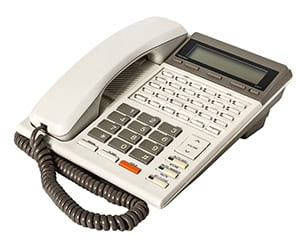
It’s important to clean, sanitize, disinfect and sterilize high-touch surfaces in the office on a regular basis. In your own space it can feel like you don’t have to do it often, but what do you touch when you’re not at your desk? Could those germs be transferred to your workspace? Be sure to always wipe down these surfaces regularly.
Desktop High Touch Surfaces can include:
- Phone
- Keyboard
- Mouse
- Arm Rests
- Back of a Desk Chair
- Desk Surface
- Pens
- Drawer Pulls
Office-Wide High Touch Surfaces
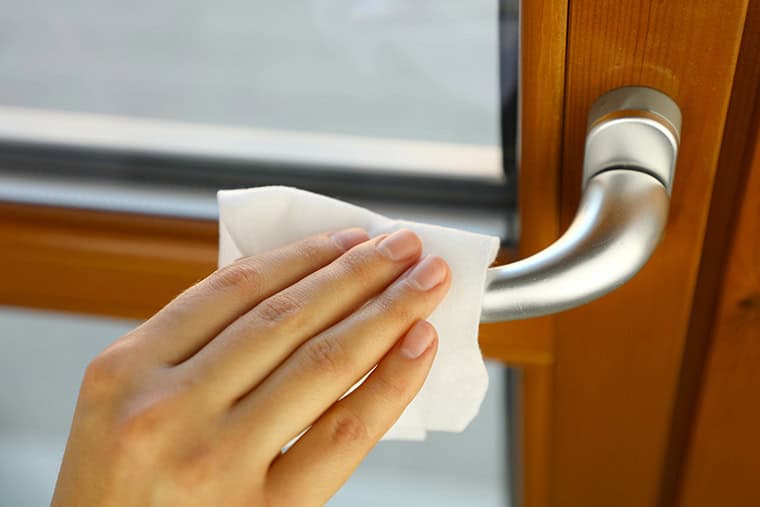
It can be startling to learn how dirty office-wide surfaces can become. In some cases, they can be up to 200 times dirtier than a toilet bowl! This is because they are continually touched by dozens or even hundreds of people each day. When left unclean for days or weeks at a time these high touch surfaces become breeding grounds for harmful bacteria.
Office-Wide High Touch Surfaces include:
- Door Handles
- Copiers and Printers
- Toilets
- Faucets
- Lamps
- Light Switches
- Locks
- Filing Cabinets
The Differences Between Cleaning, Sanitizing, Disinfecting & Sterilizing
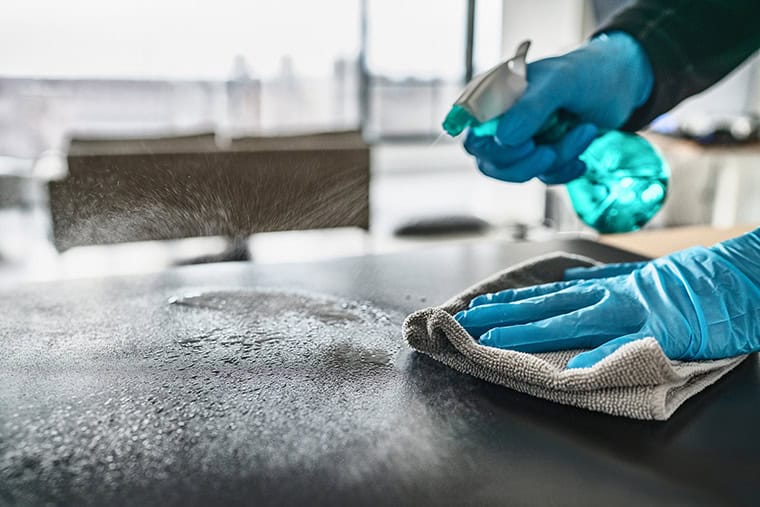
Cleaning, sanitizing, disinfecting and sterilizing – what’s the difference between these terms? Well, each word is a different level. Cleaning removes dirt, stains or other visible contaminants, while sanitizing kills bacteria or viruses on surfaces that are likely to touch food. Disinfecting is a more stringent level than sanitizing because it kills many types of microorganisms. Finally, sterilizing eliminates all living organisms on an object.
Cleaning
This is the process of physically removing dirt, grime, and other contaminants. A soft cloth and soap are often enough to get the surface clean.
Sanitizing
To sanitize an item or surface means to reduce the number of microorganisms present on that item or surface. In order to sanitize something, you need to use a substance such as bleach or alcohol that kills 99%+ of bacteria on contact. Chlorine bleach is best for surfaces like countertops while rubbing alcohol is used for hard surfaces like tabletops.
Disinfecting
Disinfecting means killing all types of disease-causing germs (bacteria) on a surface with some type of chemical solution such as chlorine bleach or hydrogen peroxide.
Sterilizing
Sterilizing a surface kills all living microorganisms that may be on that surface.
The Best Products to Use
When it comes to the best products for each cleaning job, there are many options, but we recommend using products from trusted janitorial and sanitation brands for cleaning, sanitizing, disinfecting, and sterilizing your high touch surfaces. At Sundance, we have all the workplace solutions you need to keep your offices safe and sanitary.




